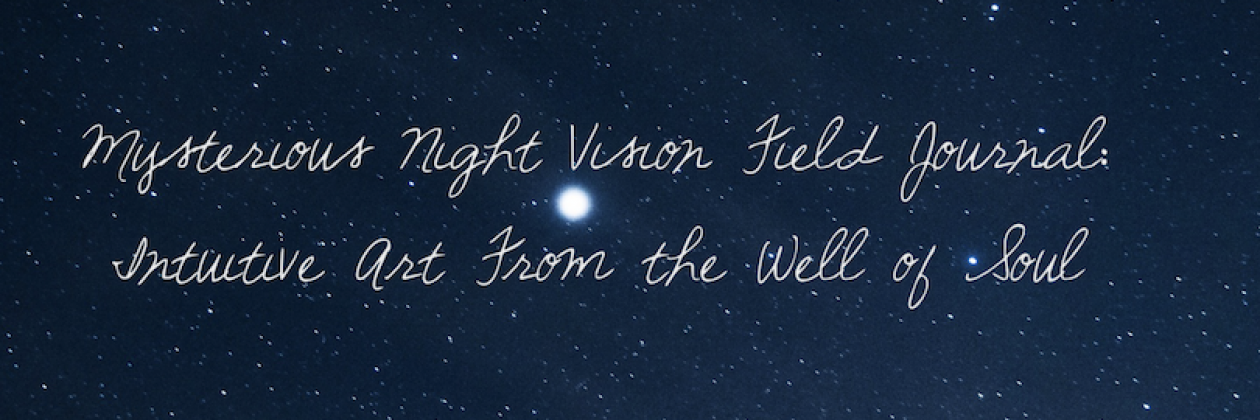Mysterious Night Vision Field Journal
November 22, 2020
I am currently touring the American West: first, California, then Nevada, Utah, now Arizona. I first noticed that a landscape can have a distinctly unsettling effect on me at Whitney Pocket, Nevada, which is in Gold Butte National Monument.
The mountains there are violently twisted, and no two grotesquely distorted mountains are similar, even within a one mile area. The earth seems like it has been ripped in every direction just yesterday. I know the mountains are old (the red Jurassic sandstones are 180 million years old), but the force required to tear them apart feels very present, as if the dust had yet to settled.
Paleozoic limestones form most of the ridges in the northern portion of the monument. There were deposited on the shallow sea floor during the Paleozoic Era (between 540 and 250 million years ago). Generally speaking, these are the same sedimentary formations that are exposed in the Grand Canyon. The key difference is that in Grand Canyon the layers are horizontal while in Gold Butte they are tilted. This tilting occurred when this region of North America was pulled apart by tectonic forces roughly 10 to 15 million years ago, during the Miocene Epoch.
This fascinating landscape is endlessly interesting. At first, I was transfixed by the range of hues, the extremes of color from vermillion to corals, to dove gray to black. I saw so many opportunities to paint.
After three days, we started to leave camp frequently. Yes, we were exploring the area as there is lots to see. Then I realized that I was psychically uncomfortable. I did not feel threatened by the landforms, but they unsettled me and made me oddly unable to focus. I stopped painting, and it felt like time to move on. My husband also felt restless, and we agreed that we didn’t need an explanation. We broke camp.
I compare the Whitney Pocket location with the Paria Canyon-Vermilion Cliffs Wilderness of the Colorado Plateau, where we camped for a week. The wilderness is composed of broad plateaus, tall escarpments, and deep canyons. The Paria River flows through the wilderness before joining the Colorado River at Lee’s Ferry in Arizona.
The landforms in the area we explored are smooth, reflecting white, the blue of the sky, and red orange. I perceived the energy there as ancient, calm and sacred. I wonder at the contrast between the two landscapes and the dynamic ways they affected my eye and mind and spirit.
Neither area has been greatly impacted by human presence. It was something else that moved in me in ways both unsettling (Whitney Pockets) and grandly peaceful (the Paria Breaks). In both areas, I felt these to be energies not to be ignored but to be respected. I see now more than ever that certain natural areas are not, as we might say, vibrationally resonant with humans and others profoundly are. I respectfully let Nature have her space in her own way. I do not have to understand.
Currently, the day after Thanksgiving, we are camped outside Winslow, Arizona, in an area very like my home landscape of eastern Washington. Rolling foothills rise up to become mountains. Our camp is surrounded by juniper trees and creosote bushes, prickly pear and rocky dry washes.
This feels like home to me, and I am painting every day.

